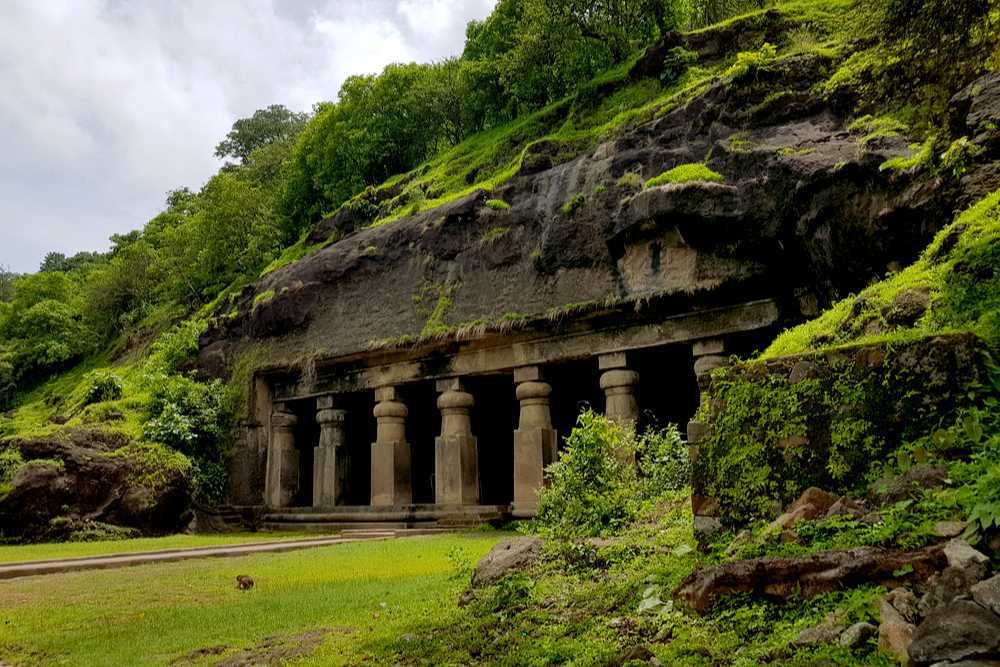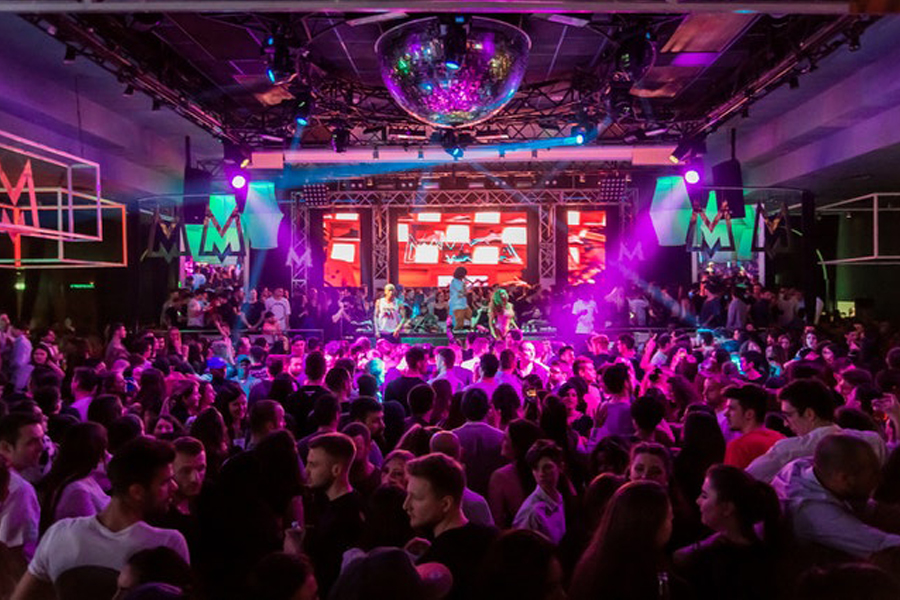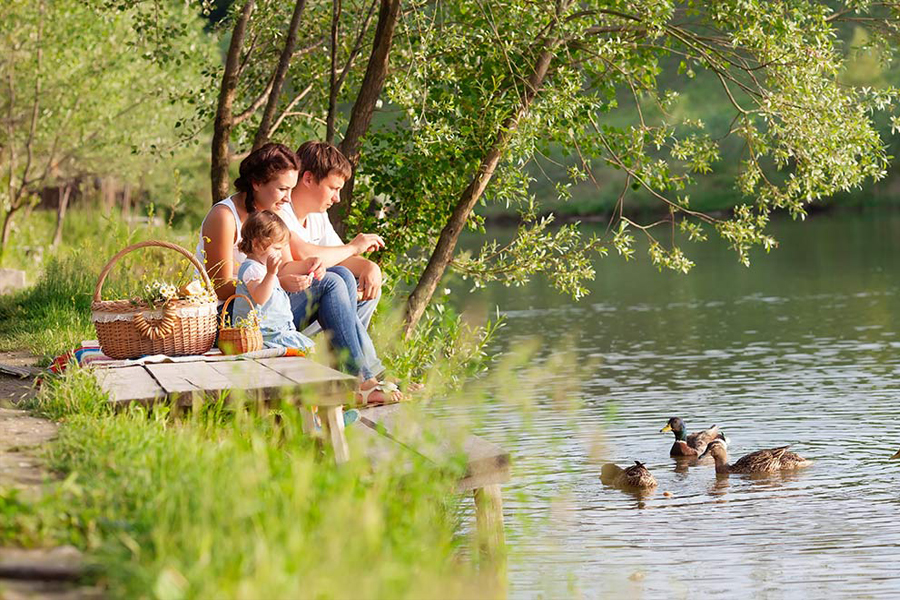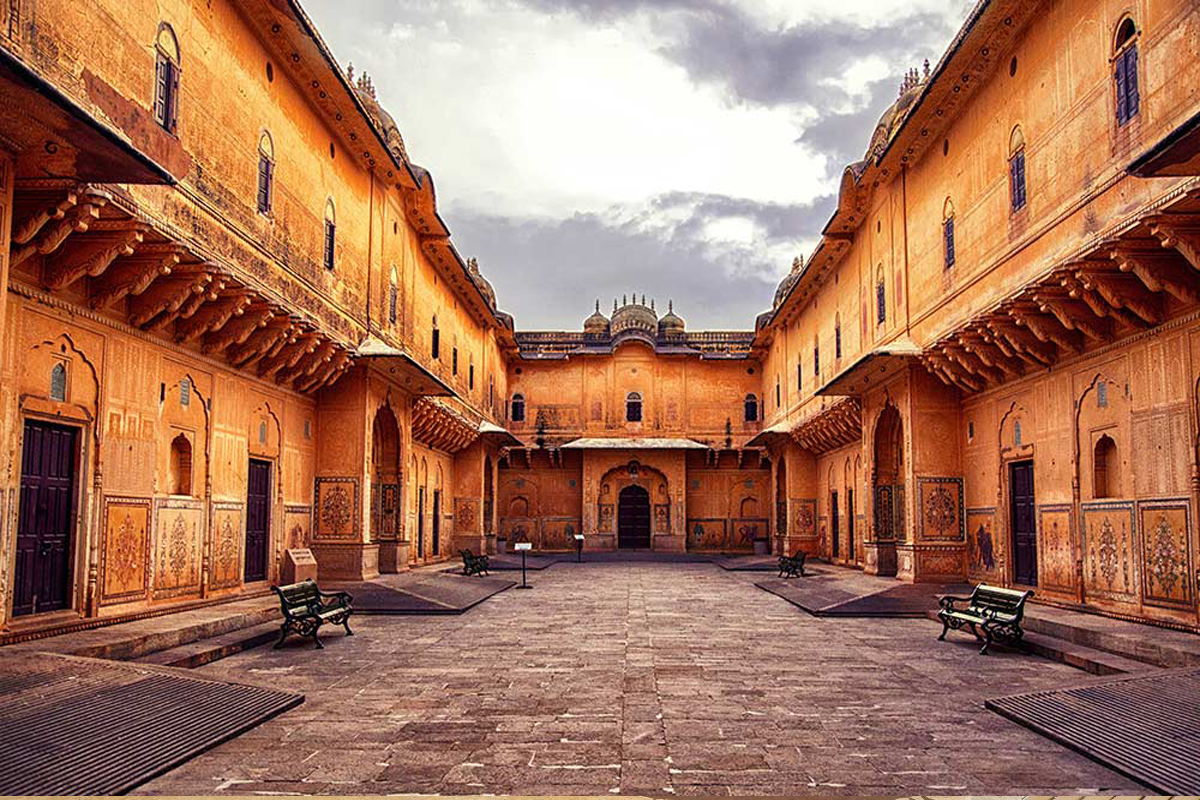Read More on Elephanta Caves
History
The Elephanta Caves history is based on several assumptions derived from theories and postulations, rather than on firm proofs. The Elephanta Caves are thought to have been created by the Pandavas, but some believe Banasura, Shiva's demon devotee, was also involved. The caves, according to local legend, were not created by men.
The Elephanta Caves are thought to date from the late fifth to early eighth centuries AD, but discoveries of Kshatrapa coins dating from the fourth century AD have also been discovered. There are records of the Badami Chalukyas emperor Pulakesi II defeating the Mauryan kings of Konkan. Elephanta Caves passed through the hands of the Gujarat Sultanate after the Chalukyas ruled, and it was surrendered to the Portuguese in 1534. Because of a massive stone monument of an elephant near the island, the Portuguese dubbed it "Elephanta Island."
The Elephanta Caves Mumbai deteriorated significantly under Portuguese rule until 1661 when they were transferred to British control. The main cave was renovated in the 1970s, but the lesser caverns are in bad shape. In 1987, the Elephanta Caves were added to the UNESCO list of World Heritage Sites, and they quickly became a famous tourist destination.
Architecture
The Elephanta Caves complex spans 60,000 square feet and includes seven caves. Under the Portuguese administration, the main cave served as a Hindu temple. A pillared mandapa, open porticoes, and an aisle are among the features. Stone carvings adorn the walls, and several deities make appearances.
The main cave contains a statue of Ravana lifting Kailash mountain, Shiva-Parvati on Kailash, Ardhanarishvara, which is a manifestation of Shiva and Parvati in the same body, Trimurti, which is Lord Shiva's three forms, Gangadhara, which is a cascade of the Ganges from the heavens to the earth, a depiction of Shiva's wedding, Shiva slaying Andhaka, Nataraja, or a depiction.
Activities
- The Grand Cave (Cave 1) is the complex's largest cave, and it has been kept and restored to the best of its ability. There are statues of Shiva in his Nataraja and Yogishvara forms at the north entrance. Many sculptures and carvings from Hindu myths may also be found within the cave. The most noteworthy of these is the enormous 20-foot monolithic monument of Trimurti, a three-headed Shiva.
- Caves 2 and 3 are both smaller than Cave 1 and have a pillared mandapa hall. The two other Hindu caves are currently in ruins.
- The Sitabai Temple is another name for Cave 6, which offers a peek of Buddhist design. It consists of a big hall with three chambers, one of which includes a shrine in the center. Intricate engravings decorate the cave's walls. The Buddhist cave on the other side is still unfinished.
- Cannon Hill is reached through a narrow route near the first series of caves. There are two big cannons in the area. You'll also have stunning views of the surrounding waters and Mumbai's skyline.
- Aside from the caves, there is also a small archaeological museum to explore. It's close to the ticket booth. Various items linked to Elephanta Caves and the island can be found here. The museum also has information about other Indian rock-cut cave temples.
- One of the cave's biggest attractions is the Trimurti. It's also on the south wall, near the entrance. In the huge mandapa hall, the Shivalinga faces west. On the walls are also statues of Ardhanarishvara, Gangadhara, and Ravananugraha.
- There is also a carving known as Shiva's Wedding. Roam there to know more about it.
Tips for visiting
- Consider the ferry schedule before planning your trip.
- Only licensed guides can take you on an Elephanta Caves guided tour.
- Keep food things inside your luggage to avoid monkeys.
- Make sure you have enough water.
- Put on a pair of comfortable shoes.
- Take your hat and sunglasses with you.
- Apply sunscreen lotion to your skin.
- Learn about Elephanta Caves Mumbai Timings and Elephanta Caves Mumbai entry fees before making a move there.
Best time to visit
The caves are best visited during the winter months, from November to February. Avoid traveling during the peak monsoon season (June to August), when the sea becomes unreliable and ferry schedules are delayed. The Elephanta Caves Mumbai Timings are 9:00 AM - 5:30 PM.
Nearby Atractions
- Gateway of India
- The Asiatic Society Library
- Flora Fountain
- Churchgate Area
- Marine Drive
Nearby market/ shopping places
Elephanta Handicraft
Make a point of stopping by a few of the bag stalls if you're a fan of traditional and colorful bags. A little wallet costs as little as INR 100, and a sling bag costs as much as INR 200. INR 300 for a cute elephant-print kaftan and INR 200 for elephant-print pajamas. Because Elephanta is surrounded by water, a lot of the jewelry is crafted out of cute corals and seashells.
Heera Panna Shopping Center
The arcade in Heera Panna is full of little shops, however, they are mostly for men's clothing. Simple generic labels such as Zara, Abercrombie & Finch, Versace, United Colours of Benetton, and others can be found. The buzzword here is a bargain, as you can purchase these brands for half the price, albeit quality may be something they vouch for.
Chor Bazaar
Chor Bazaar is one of the country's largest flea markets and a bargain hunter's dream. Here you'll find anything and everything vintage. Antique furniture (both original and replicas), vintage LP records and movie posters, classic leather-bound books, vintage sewing machines, and well-worn housewares.
Fashion Street
One of Mumbai's busiest retail districts is Fashion Street. With over 150 businesses, Fashion Street offers the dedicated shopper far more trash and trinkets than any large mall or fancy boutique. Dresses, jeans, casual/formal shirts, skirts, jewelry, hats, sunglasses, watches, bangles, earrings, and bracelets, as well as nightwear are all available.
Nearby Hotels
- Make My Day (0.04 km)
- Abode Bombay (11.25 km)
- Bloom Hotel - Worli (12.01 km)
- The Oberoi Mumbai (12.30 km)
- Trident, Bandra Kurla (13.23 km)
Interesting Facts About Elephanta Caves
- Elephanta Caves have been around for almost 3000 years.
- The main cave created at Elephanta Caves was a Hindu site of worship during Portuguese administration.
- During the 17th century, the Portuguese defaced the majority of the cave sculptures.
- Some archaeologists have linked the Elephanta caves to the Kalachuris, who are said to have had a close relationship with the Konkan Mauryas.
- Along with the Chalukyas and Rashtrakutas, the Chalukyas and Rashtrakutas are said to be responsible for the development of these spectacular caves.
- The giant elephant model that gave the island its name is now on display at Jijamata Udyan. It is Mumbai's oldest public park.
- Many historians believe Christian Portuguese soldiers utilized the Elephanta caverns and sculptures as a shooting range for target practice.
- Until 1661, the Portuguese allowed the Caves to deteriorate significantly. Cravings and writings were essentially displaced by the intruders. Even today, there is plenty to see and enjoy for visitors.
- From 1872 until 1903, visitors to the Elephanta Caves were subjected to a temple levy imposed by the British India Government.































